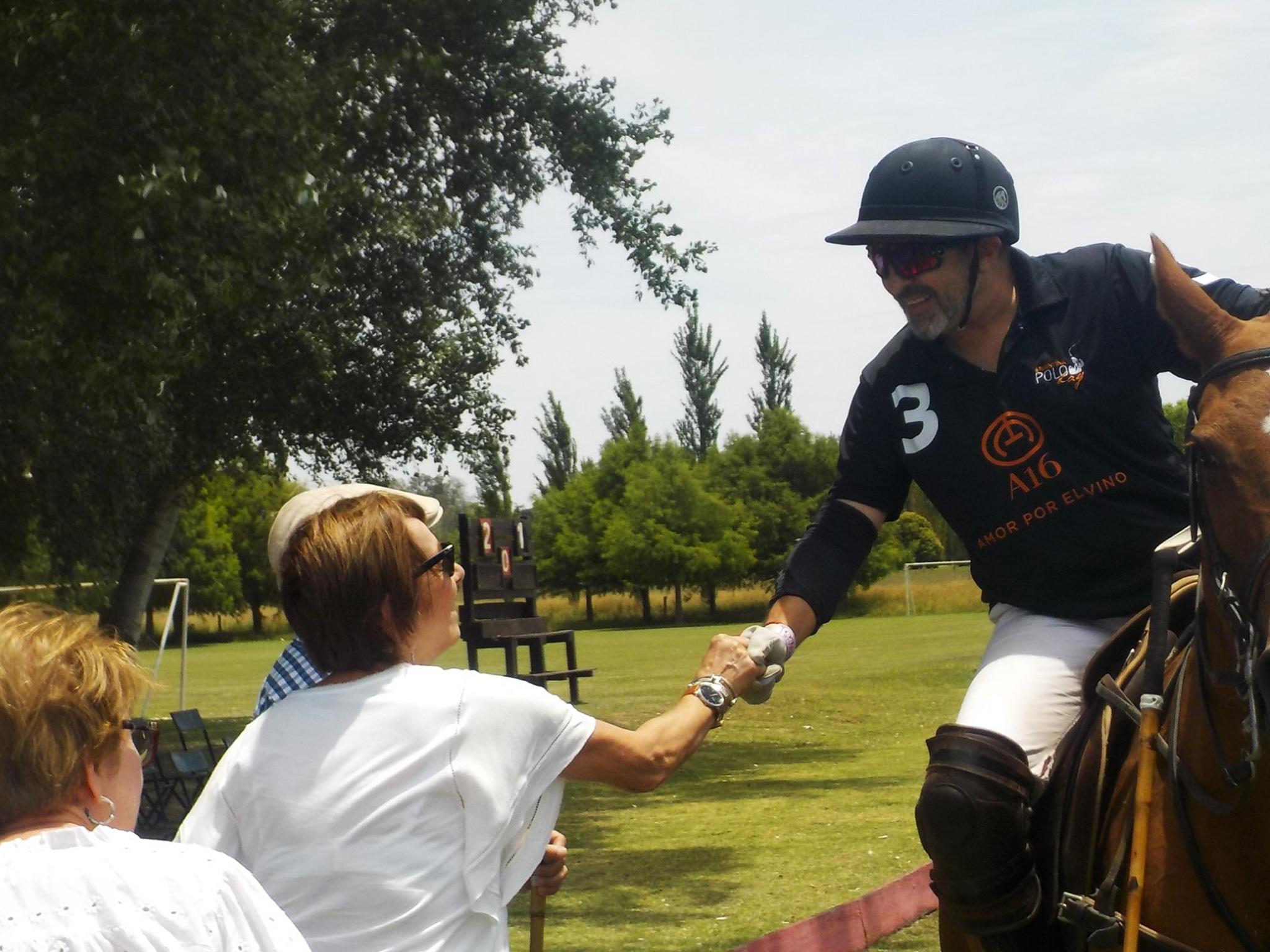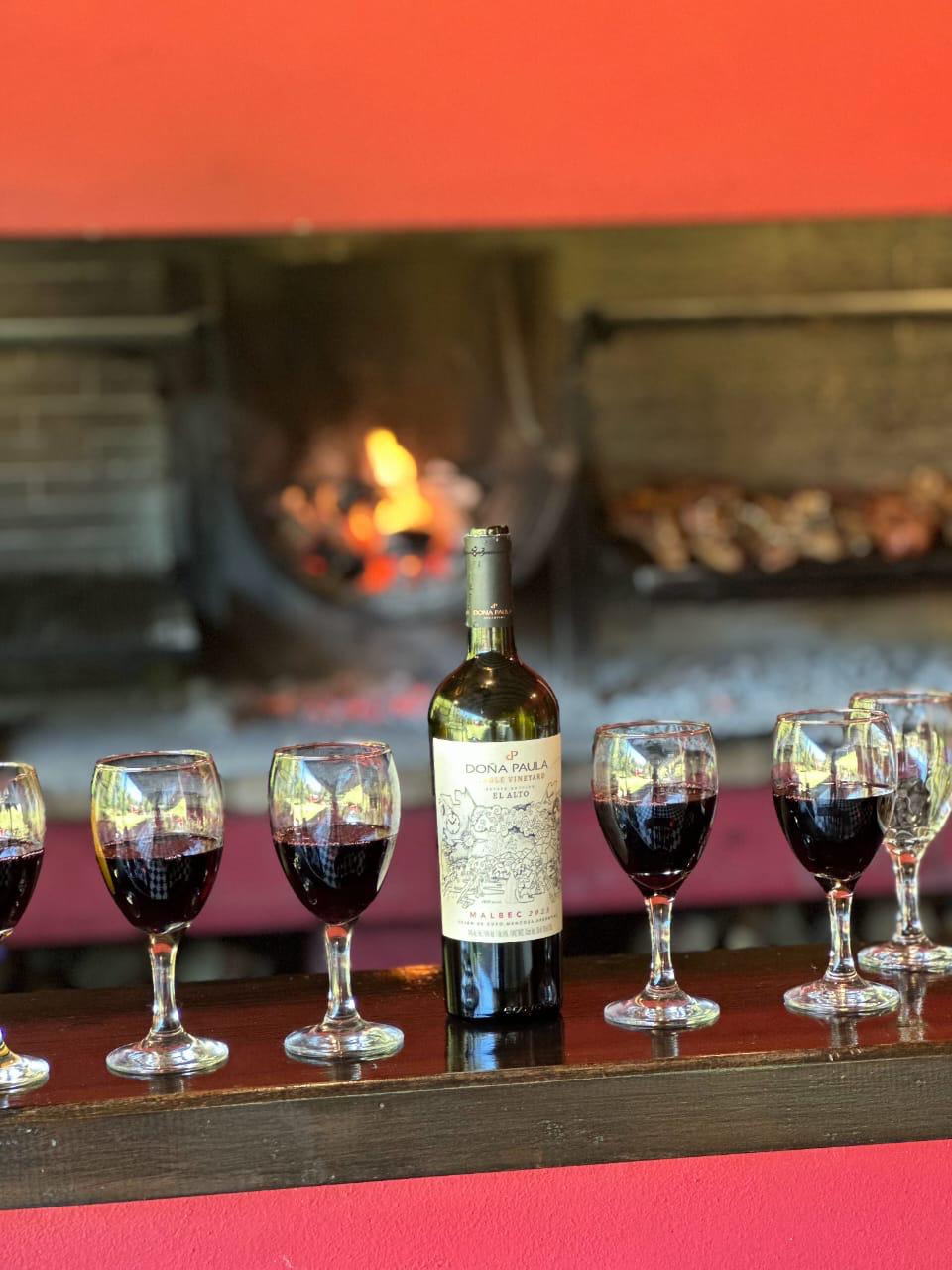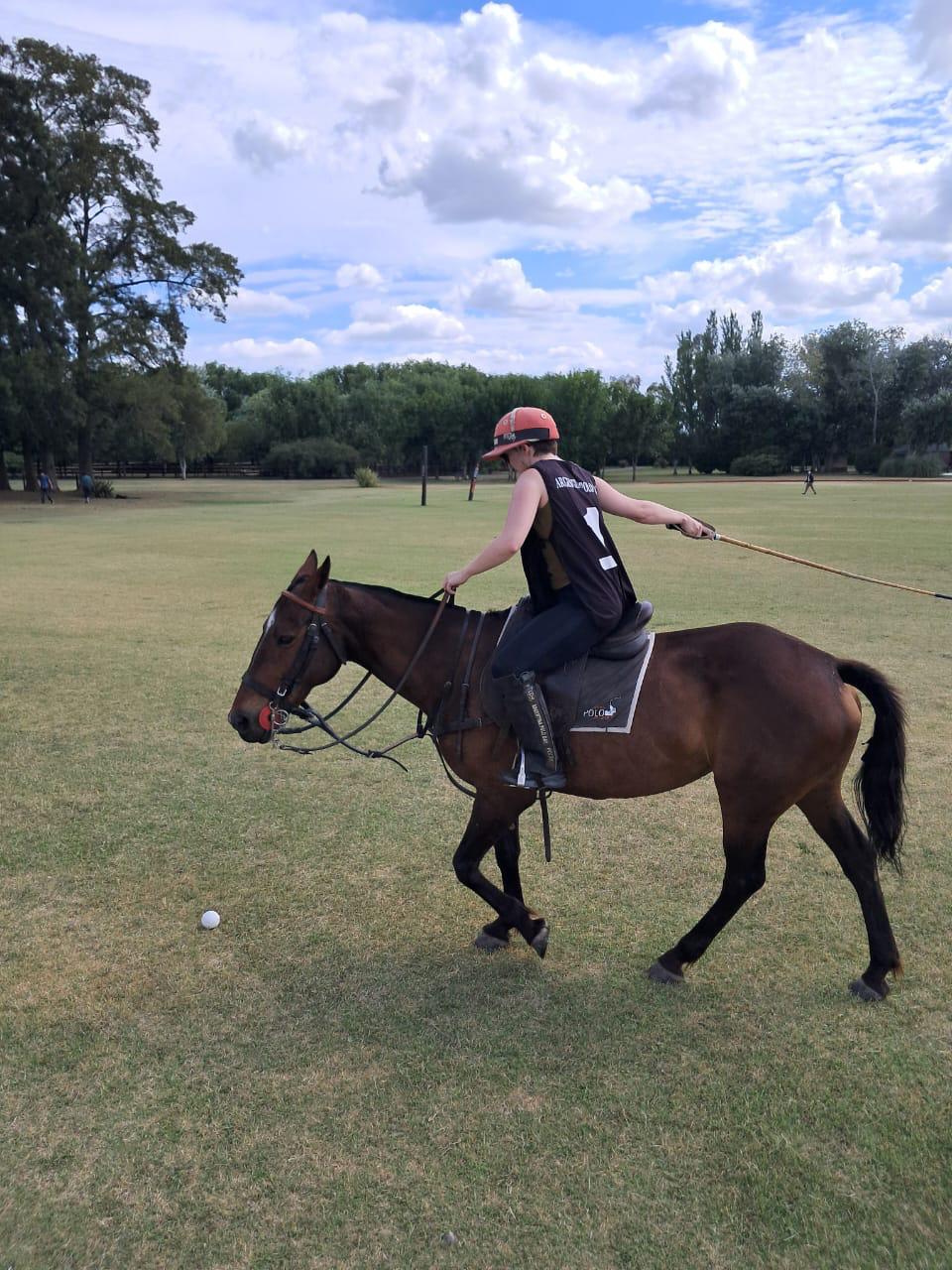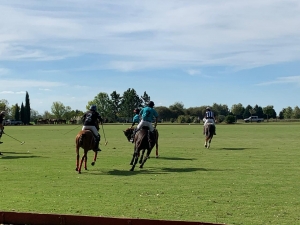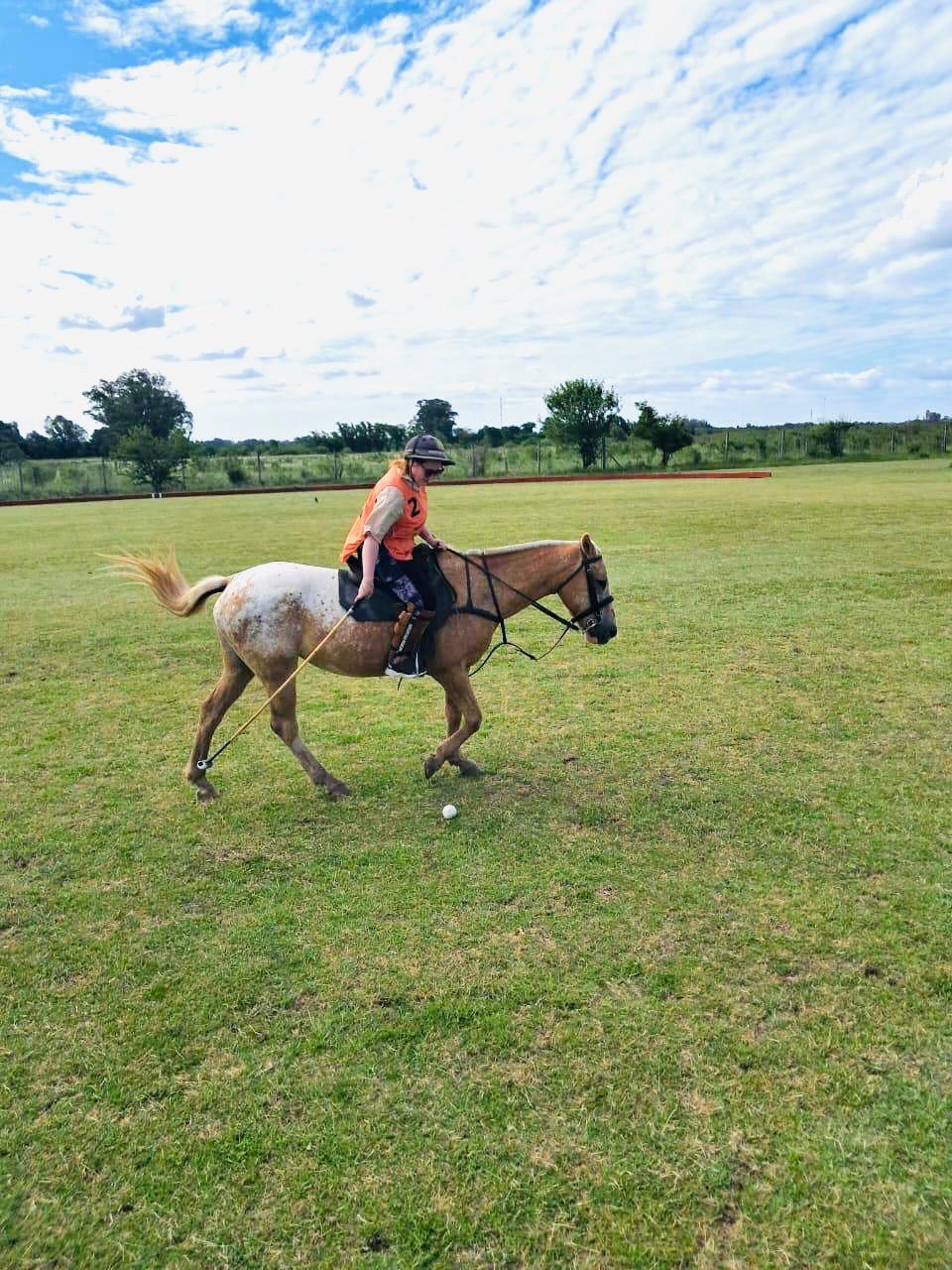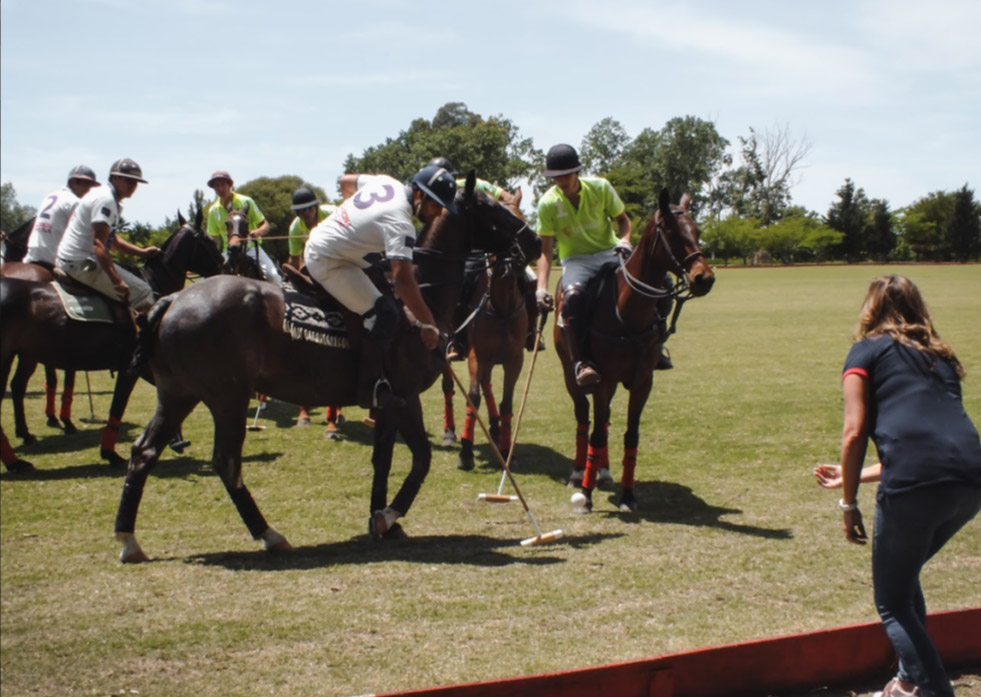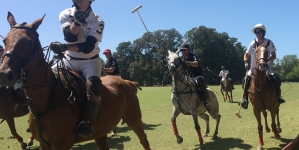-
Creando experiencias de alto valor - 6 junio, 2025
-
Encuentro positivo y productivo con Marca País Argentina - 6 mayo, 2025
-
Polo, vino y tradición: una colaboración que destaca lo mejor de Argentina - 8 abril, 2025
-
What Equipment Is Needed to Play Polo? - 25 marzo, 2025
-
Argentina Polo Day Magazine #4 - 14 marzo, 2025
-
What are the basic rules of polo? - 6 marzo, 2025
-
- 3 febrero, 2025
-
Argentina Horses: A Legacy of Strength and Grace - 27 enero, 2025
-
Where Can I Learn to Play Polo in Buenos Aires? - 18 enero, 2025
-
Where to Watch Polo in Buenos Aires? - 5 enero, 2025
POLO HORSES: BREEDS, CHARACTERISTICS AND ADAPTABILITY
Through out the years, polo horses have been adapted and trained to fit the needs and dynamics of the game itself. In Argentina, between the 40’s and the 60’s, the game of polo was overall rustic, tough and poorly professional.
The game was called “Polo de estancia”– “Ranch polo”. In fact, around these years polo horses were simultaneously used to work in the agro fields. The physiognomy was that of a Creole horse: strong, sturdy, with little resistance and no speed.
This rusticity was abandoned around the decades of the 70’s and the 80’s when professionalism and competition raised and speed started to gain predominance as horses’ most valuable ability. This is when the “Pura sangre” (pure-blood) breed intervenes. The origin of this breed could be traced back to the XVII century with the introduction of Arab and Berbers horses in England. With a straight profile, thin skin, long neck, prominent withers, short back and large loin*, the “Pura sangre” is a breed meant for racing and sports characterized by speed and high resistance.
Nowadays, everyone belonging to the polo world recognizes the importance of another breed: the Polo Pony (also known as Polo argentino). The origin of this race was born from half-blood field horses breed with pure-blood horses meant for racing. This genetic variation, added to the rigorous selection and the specific qualities of the Pampa region, contributed to the world known uniqueness of this race**.
The need to protect and promote this breed encouraged the creation, in 1984, of The Argentine Association of Polo Pony Breeders (Asociación Argentina de Criadores de Caballos de Polo). Such is the relevance of this breed to the sport, that both breeders and players have sought a way to perpetuate it throughout generations. The advance and effectiveness of embryonic technology allowed that nowadays 40% of high handicap polo horses were born through this method***. Broadly speaking, this technique consists in extracting the embryo from the mother mare (polo “player”) uterus and implanting it to another female horse in order to preserve the physical characteristics of the mother mare without leaving it inactive while conceiving descendants of valuable category***.
The evolution of the game certainly determines the physical and mood characteristics that horses should have in order to adapt to polo sport. In the case of polo horses, contrary to the rest, it is worth noting they are resistant and fast thanks to the inherited conditions as to the training they receive during their first year of life. In fact, such is the dedication and trust in the relationship between the player and his horse that inexorably leads to a friendship between them that exceeds any polo match.
*Source: http://www.siia.gov.ar // **Source: http://www.poloargentino.com // *** http://www.polomag.com.ar/transf%20emb.htm
More about polo: www.argentinapoloday.com.ar

